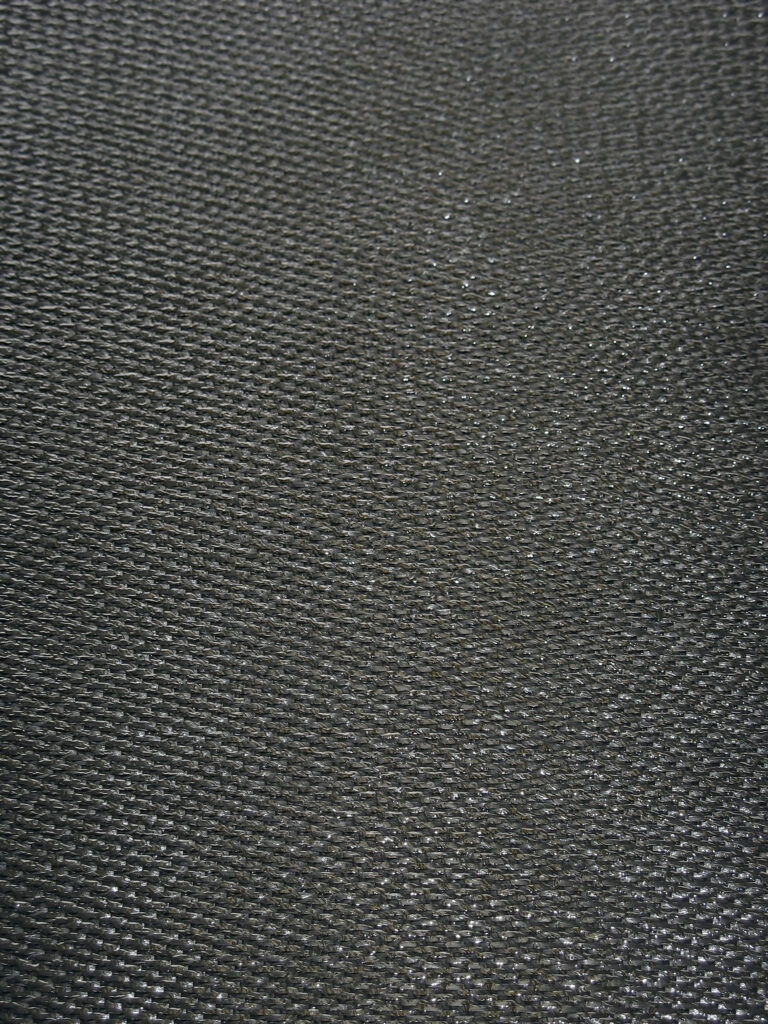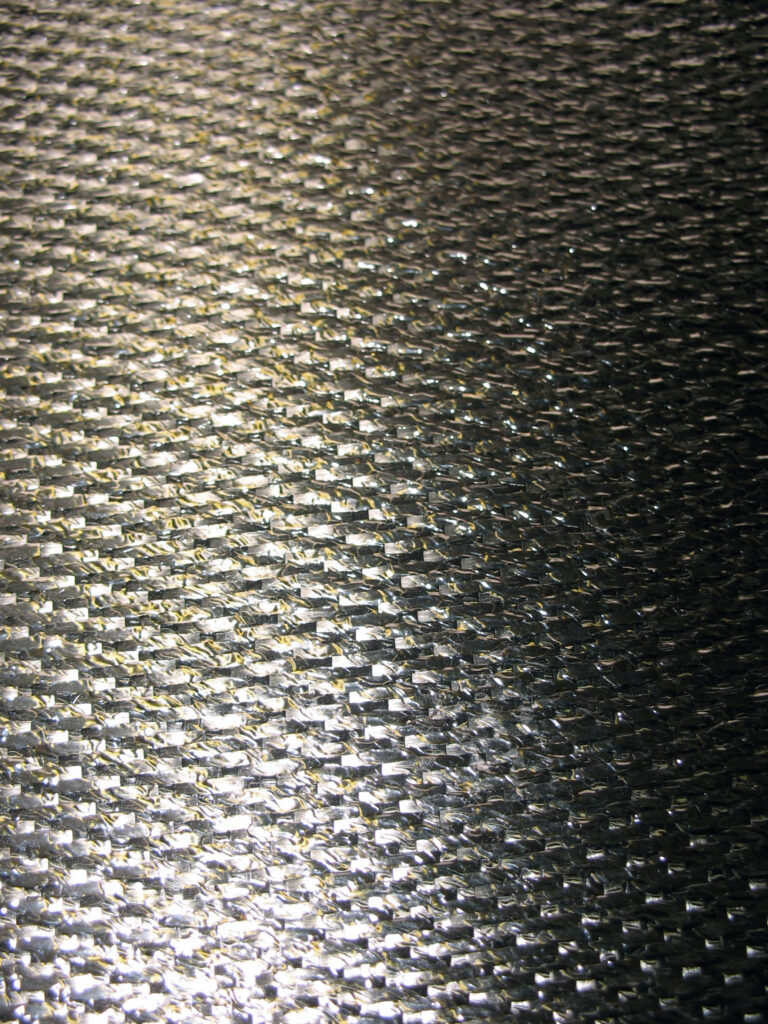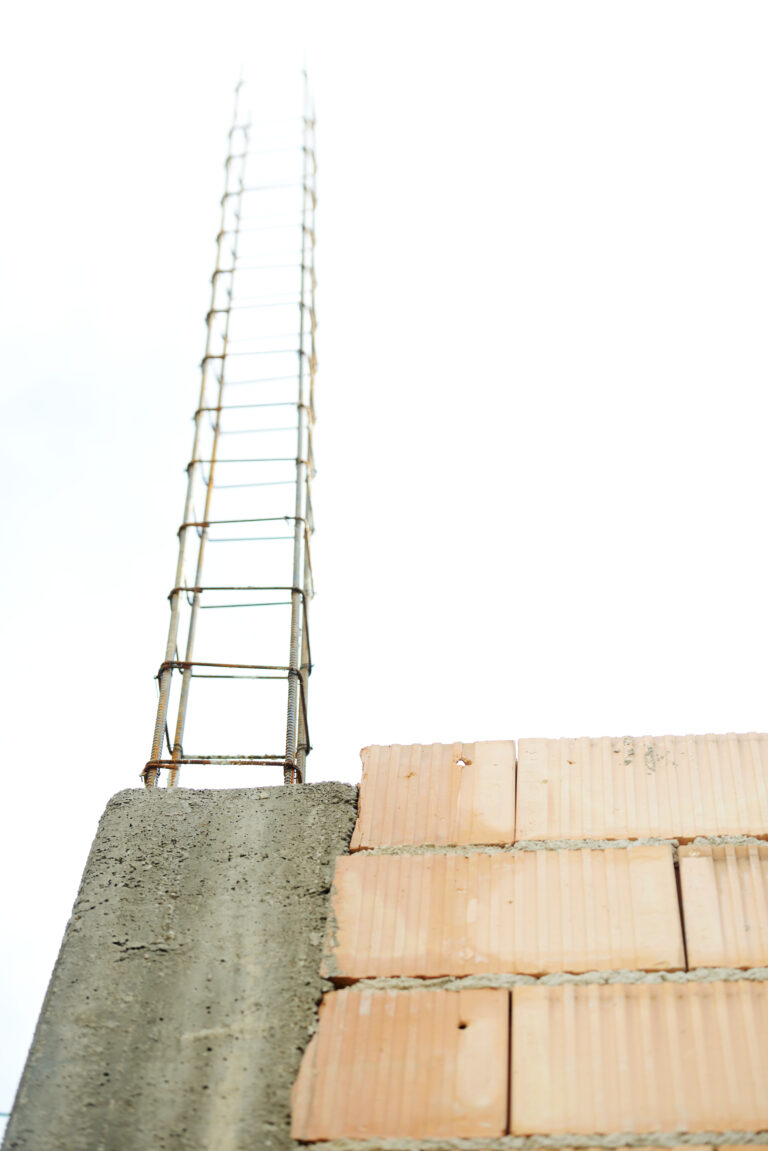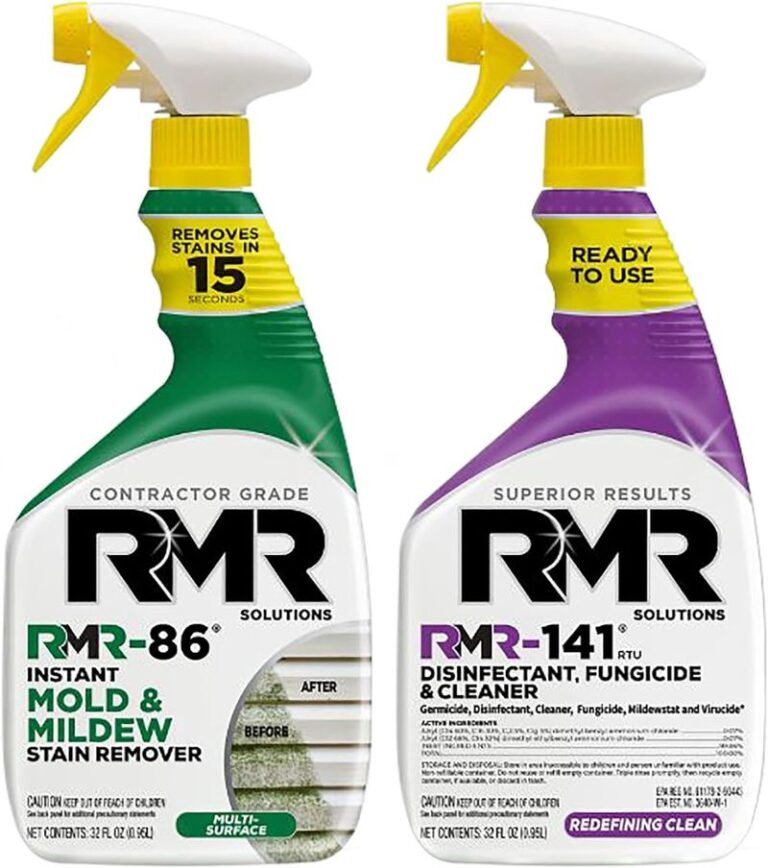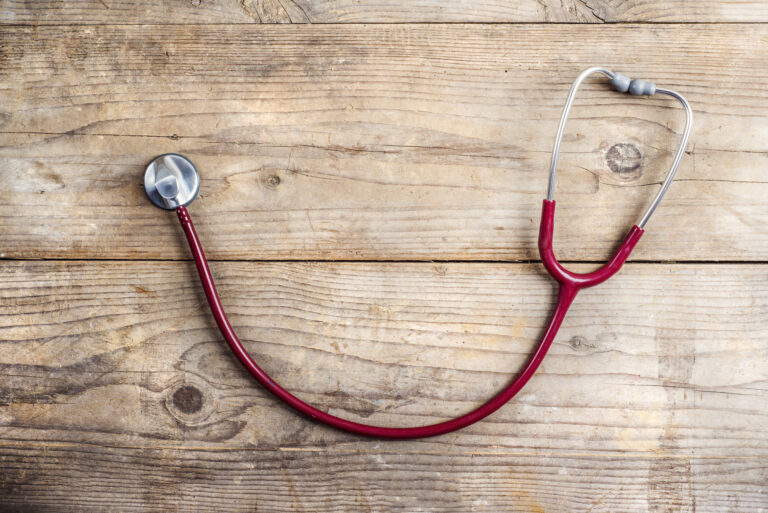The Hidden Dangers of Mold: How It Affects Your Health and What You Can Do About It
Mold is a type of fungus that grows in damp, dark places. While it’s not always visible to the naked eye, mold can be present in your home or workplace without you even realizing it. And while some people may not experience any negative effects from exposure to mold, others can suffer serious health problems as a result. In this blog post, we’ll explore the hidden dangers of mold exposure, symptoms of mold exposure, treatment options, and how to prevent mold growth in your home.

Introduction to Mold and Its Health Effects
Molds are microscopic organisms that thrive in moist environments. They reproduce by releasing spores into the air, which then land on surfaces where they can grow and multiply. While there are many different types of mold, some of them produce mycotoxins, which can cause adverse health effects when ingested or inhaled. Exposure to high levels of mold can lead to a range of health issues, including respiratory problems, skin irritation, neurological disorders, and more.
The Hidden Dangers of Mold Exposure
One of the biggest risks associated with mold exposure is its ability to trigger allergies and asthma attacks. People who have pre-existing conditions like these are particularly vulnerable to the effects of mold. But even those who don’t have allergies or asthma can experience symptoms such as headaches, fatigue, difficulty concentrating, and sinus congestion after prolonged exposure to mold.
In addition to these immediate symptoms, long-term exposure to mold can also lead to more serious health problems over time. For example, studies have linked chronic exposure to mold with an increased risk of developing certain types of cancer, such as lung cancer and lymphoma. Additionally, some research suggests that exposure to mold may contribute to the development of autoimmune diseases like multiple sclerosis and rheumatoid arthritis.
Symptoms of Mold Exposure and Their Treatment
The specific symptoms of mold exposure will depend on the individual and the severity of their exposure. Some common signs of mold exposure include:
Respiratory problems (e.g., wheezing, shortness of breath)
Skin irritation (e.g., rashes, hives)
Headaches
Fatigue
Nausea
Treatment for mold exposure typically involves removing the source of exposure and managing symptoms until the body has had a chance to recover. This may involve taking medications like antihistamines or corticosteroids to reduce inflammation and alleviate symptoms. In severe cases, hospitalization may be necessary to provide supportive care and address any underlying health issues.
Preventing Mold Growth in Your Home
The best way to avoid the health risks associated with mold exposure is to prevent mold growth in the first place. Here are some tips for preventing mold in your home:
Fix leaks and water damage promptly to prevent moisture buildup
Use exhaust fans in bathrooms and kitchens to improve ventilation
Keep humidity levels low (ideally between 30% and 50%)
Clean up spills and standing water immediately
Store food properly to prevent spoilage and attract insects
By following these simple steps, you can help keep your family safe from the hidden dangers of mold exposure.

